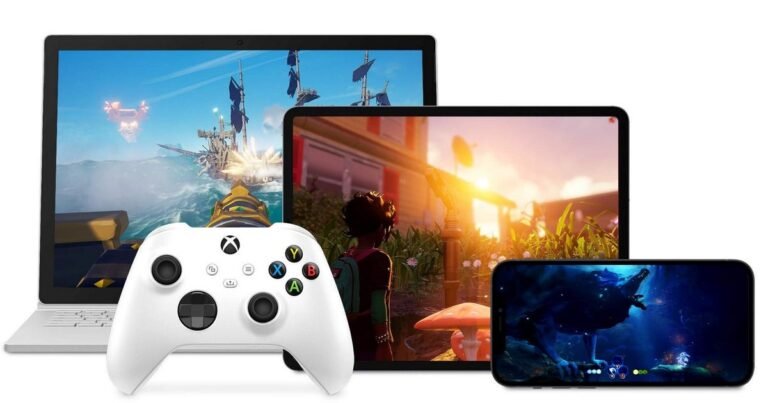
The Evolution of the Halo Franchise under 343 Industries
The Shift to Unreal Engine 5
The Halo franchise has undergone a tumultuous decade under the direction of 343 Industries – the studio purposefully created to carry the series forward following Bungie’s split with Microsoft. While 343 has released new Halo games and remasters, it has been a rocky journey, culminating in a delayed release of Halo Infinite and issues related to the game’s content and delivery. However, things are changing. Radically, perhaps. 343 Industries is now the Halo Studio, while 343’s custom Slipspace engine is giving way to Unreal Engine 5. A demonstration of “Project Foundry” gives us a glimpse of the ambition ahead – and we are optimistic.
The switch to Unreal Engine 5 has caught our attention, as the series has been using its own technology for decades. In fact, some code within the existing Slipspace technology is rumored to be up to 25 years old, dating back to the production of the original Halo: Combat Evolved for the OG Xbox – so we may expect a seismic shift in presentation and production.
Benefits and Challenges of Unreal Engine 5 for Halo Studio
By transitioning to Unreal Engine 5, the Halo Studio benefits in several ways. It has access to a cutting-edge renderer that adapts to any hardware demanded of it. It also taps into the incredible engine work done by partner studio, The Coalition, one of the recognized masters of the technology. However, there are significant challenges as well, especially on PC, where shader compilation and cross-stuttering issues persist even in the most ambitious AAA games. The UE5 is also quite CPU-intensive, particularly when ray tracing features are utilized – and these are definitely in play in Project Foundry footage.
While the rendering of characters in Halo 5 was top-notch, something went awry in Halo Infinite, where the in-game characters looked considerably less impressive. The shift to UE5 brings with it the Metahuman technology and paths to more customized solutions, with the stunning Hellblade 2 providing an example of what is possible.
Technical Showcase of Project Foundry
All of this leads us to the technical demonstration of Project Foundry, showcasing classic Halo imagery through the lens of UE5. While Slipstream lighting seemed rather basic, Lumen can be a game-changer, with more natural indirect lighting that spreads around characters and surfaces in a much more authentic way. The ability of Lumen to handle the projection of shadows from multiple light sources can also be a good match for Halo’s atmospheric lighting, enhancing immersion and ambiance.
Nanite’s micro-geometry can potentially eliminate pop-in entirely, with Project Foundry images looking stable and consistent, while there is room to increase environmental density – with the caveat that current UE5 titles with open-world settings akin to Halo are affected by cross-stutter, something that should not be part of any future game in the series. Once again, we expect to see the cross-pollination of customizations and best practices of UE5 across all Microsoft studios – with all eyes on The Coalition’s Gears: E-Day as an example.
The Question of Multiplatform
All of this leads us to the big question of multiplatforms, something we tried to address in a Eurogamer post earlier this week. The Project Foundry images – and indeed everything shown on the screens of the studios in the surrounding video – present themselves as the quintessence of Halo. With over 20 years of history, perhaps it can be argued that the series moving to all supporting systems should be accompanied by a reboot in some form. We don’t know, but with several Halo projects in production, multiplatform may make sense for Microsoft and UE5 is certainly a facilitator.
Will Slipspace Technology be Available for PS5?
Could Slipspace technology be made available for the PS5? Well, it wouldn’t be any more difficult than other custom-made engines that have gone through various systems, and if Halo Infinite (or even just the multiplayer component) reaches the PS5, the Halo Studio may be transferring the technology to the PS5 anyway. Whatever is happening at Halo Studio seems to be a serious investment – an investment in which Microsoft will want to maximize returns.
Whatever form the projects take, we are rooting for the team. The recent years have been challenging for the developer and a bold strategy was needed – and this is it. Halo deserves its comeback, becoming relevant and interesting again. And we only hope that this includes embracing the importance of the campaign – both in single-player and cooperative mode – as well as offering large-scale live services that Infinite tried to be. The reset button has been pressed and we are genuinely excited for what the future holds.



